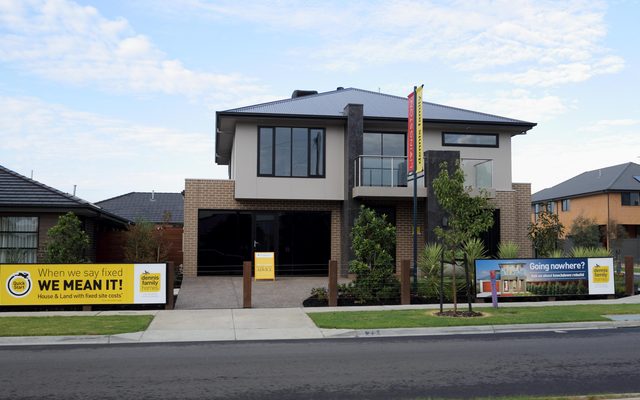This article is from the Australian Property Journal archive
RBA Assistance Governor (financial markets) Guy Debelle said the Australian securitisation industry has taken some time to adjust to the new environment post the global financial crisis.
He said although the asset class continued to perform well in terms of rate of return, it was suffered a brand damage not of its own making because of the securitisation practises in the United States.
According to the RBA, over the decade leading up to the financial crisis, securitisation was a rapidly growing segment of the financial sector globally and in Australia as evidenced by the share of housing lending in Australia financed through securitisation, which rose from less than 5% in the mid 1990s to over 20% in 2008.
Whilst residential mortgage-backed securities accounted for the bulk of securitisation activity, growth in other parts of the industry, including the securitisation of commercial property, auto and equipment loans also grew faster than aggregate lending in these market segments.
This domestic demand was the foundation of the market in the early days however over time, the ability to tap international markets became an increasingly important source of demand for Australian RMBS, such that prior to the crisis, offshore issuance accounted for more than half of outstanding Australian RMBS.
But the re-appraisal of risk brought on by the financial crisis led to demand from international investors retreating faster than domestic demand with many providers forced to shut down and liquidate their portfolios, in the process selling their Australian RMBS into the secondary market, notwithstanding its good performance. Indeed, Australian RMBS was often sold first because of its good performance.
The liquidation, combined with the increased aversion to the product from investors because of the brand damage emanating from the US, saw the price in the secondary market decline significantly.
The RBA estimates, in Australia, yields on RMBS in the secondary market widened from around 20 basis points over the bank bill rate pre-crisis to as much as 450 basis points. While the secondary market spread remained this wide, there was likely to be little new primary issuance. Investors could satisfy their demand much more cheaply in the secondary market.
However this year, Dubelle noted that RMBS issuance has been around $18 billion, higher than the $14 billion issued last year but remains well below the $50 billion plus annual issuance prior to the crisis.
All of the issuance this year, with the exception of one tranche in early 2010, has been in the domestic market, it was mostly by the smaller lenders, regional banks, credit unions and originators, who have limited access to alternative funding sources.
These issues have involved some degree of support from the Australian Office of Financial Management. In total, only $3.2 billion of the RMBS issued have not had AOFM support.
Debelle said Australian mortgages have had a very strong historical performance and shown by the arrears rates on Australian mortgages, which have remained at a low level and are well below the arrears rates in many other countries.
“The state of the securitisation market in Australia is by no means unique, with issuance in other markets also sluggish. Credit markets globally still remain cautious, with the sovereign debt concerns in the second quarter tempering investor appetite.
“For example, issuance in the UK RMBS market was particularly weak in the early part of the year, but has seen a modest pick-up in activity more recently. One promising development has been the pick-up in offshore issuance by UK originators, exemplified by the recent Lloyds issue in the US,” he added.
“While it was clear that the industry will take some time to adjust to this new environment, there are sound prospects for securitisation remaining an important part of the financial landscape, albeit not at the levels seen in the heady pre-crisis period.
“The market is slowly returning to life and I believe it will again play a useful role in the provision of credit in Australia. But I do not see it returning to its pre-crisis share of the market any time soon,” Debelle concluded.
Australian Property Journal



